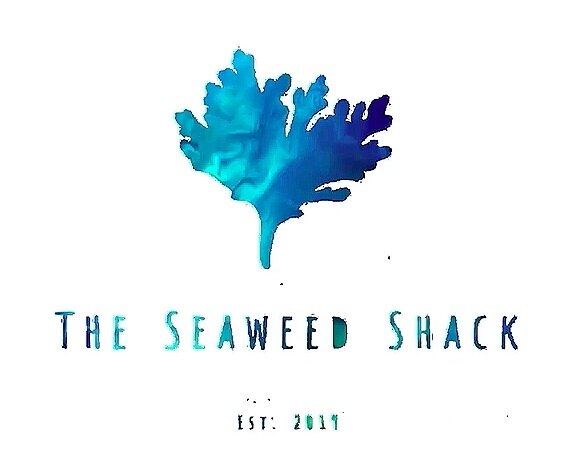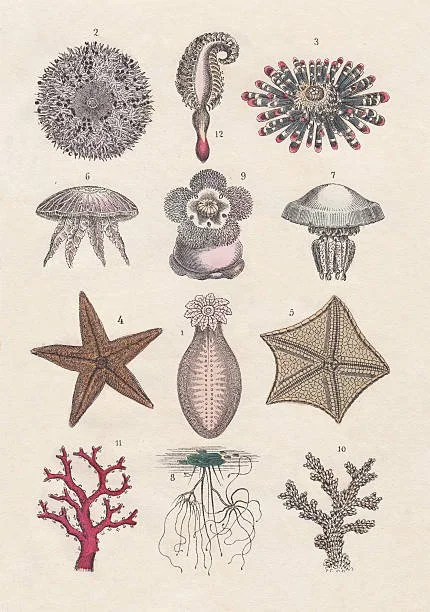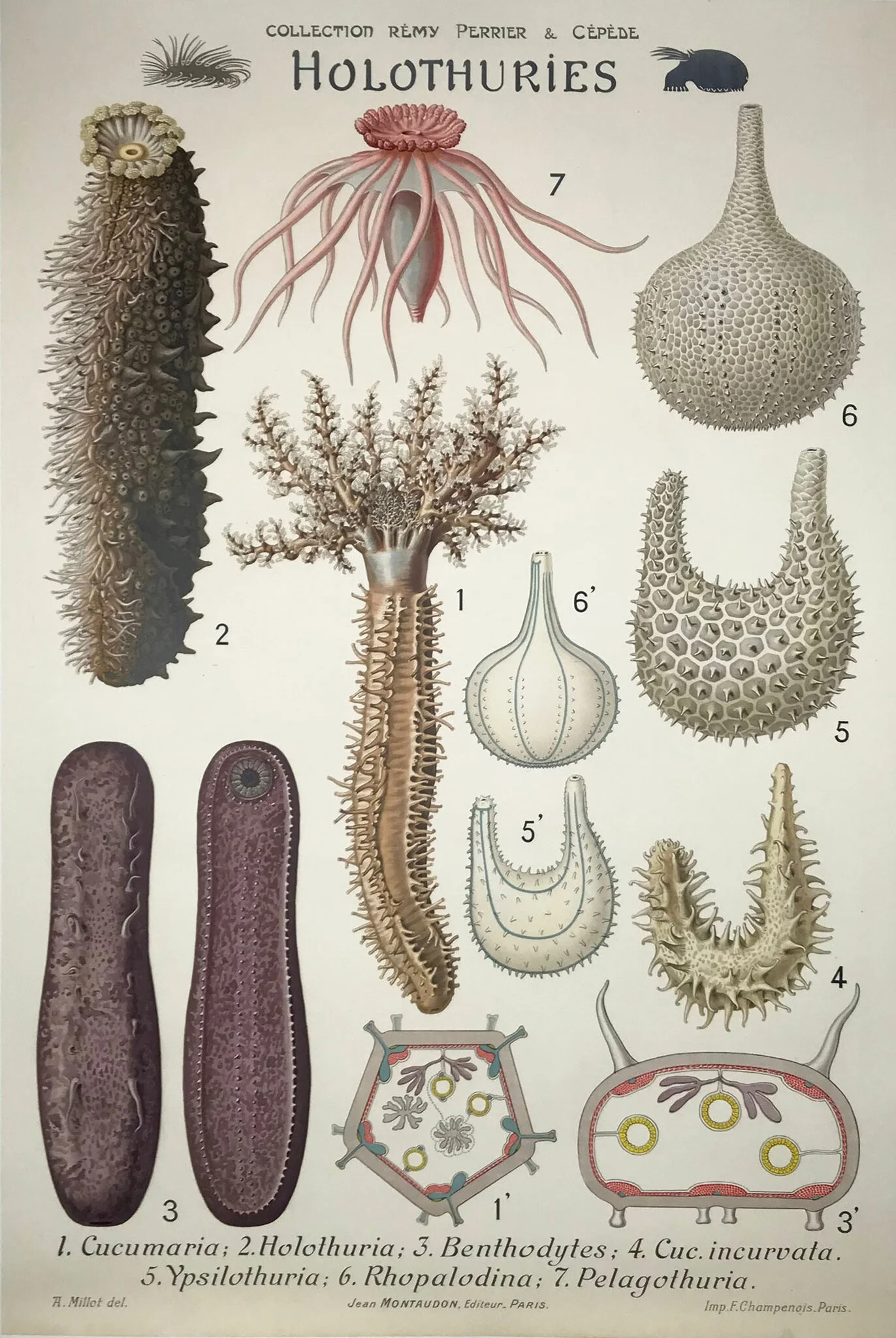Sea cucumber (Holothuria tubulosa)
Though perhaps not possessing the most appetising of appearances, the sea cucumber is a mysterious and ecologically important benthic species. Rumour has it that if threatened they can expel their internal organs, only to reconstitute itself and re-grow to live another day. Like some kind of marine Voldemort. More commonly, they expel a sticky white substance which confuddles would-be attackers, leaving them in a bind.
Sea cucumbers serve a useful role in the marine ecosystem as they recycle nutrients, breaking down detritus and other organic matter, after which bacteria can continue the decomposition process.
Their industriousness places them well as co-culture species in aquaculture systems to mop up uneaten food and small organic material from fish, bivalves or other species. Currently, sea cucumbers are harvested from the environment, both legally and illegally, but are increasingly farmed in aquaculture farms. The harvested animals are normally dried for resale. In 2016, prices on Alibaba ranged up to $1,000/kg.
The harvested product is variously referred to as trepang, namako, bêche-de-mer, or balate. There are many commercially important species of sea cucumber that are harvested and dried for export for use in Chinese cuisine as hoisam. Various pharmaceutical companies emphasize gamat, the traditional medicinal usage of this animal. Extracts are prepared and made into oil, cream or cosmetics. Holothuria tubulosa has been investigated as a new source for omega-3 and omega-6 fatty acids, and the production of bioactive peptides.



